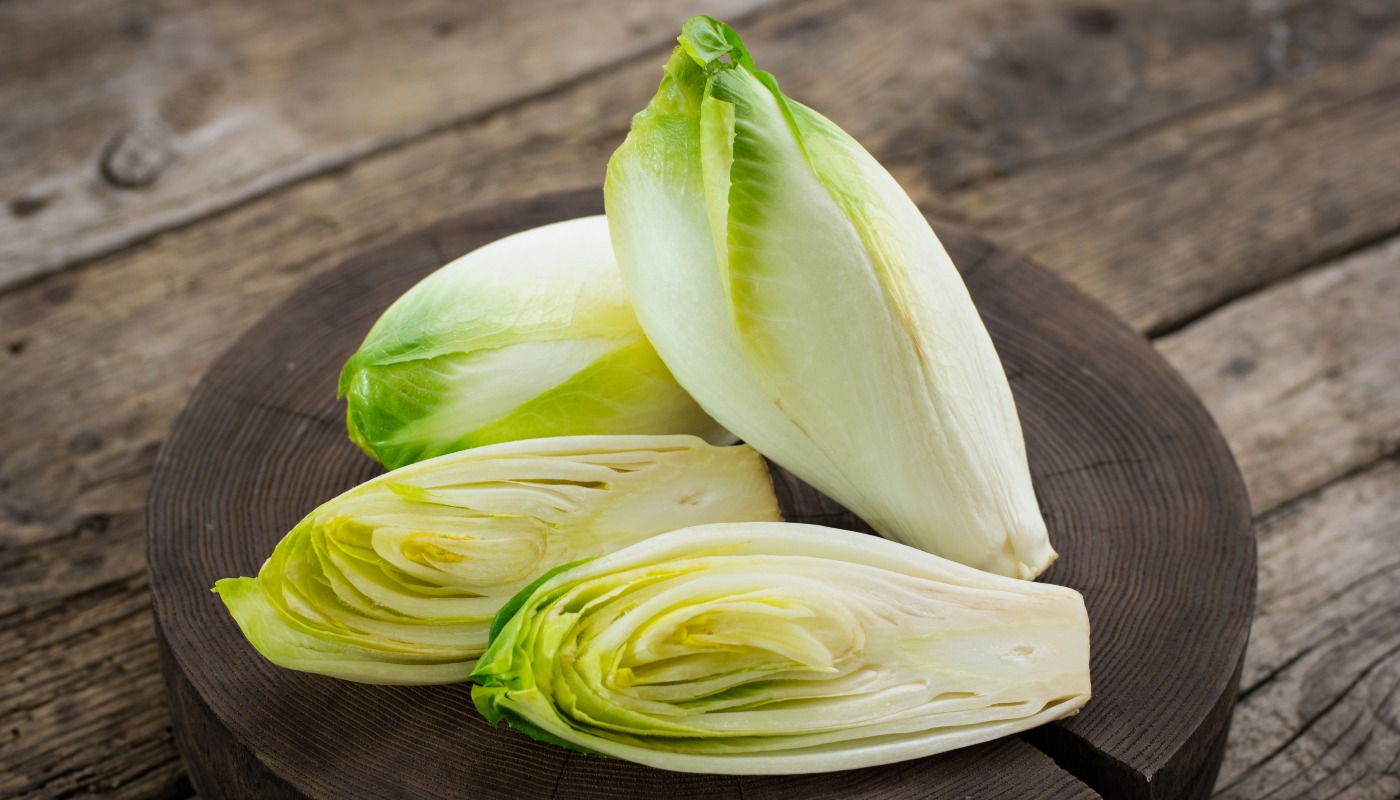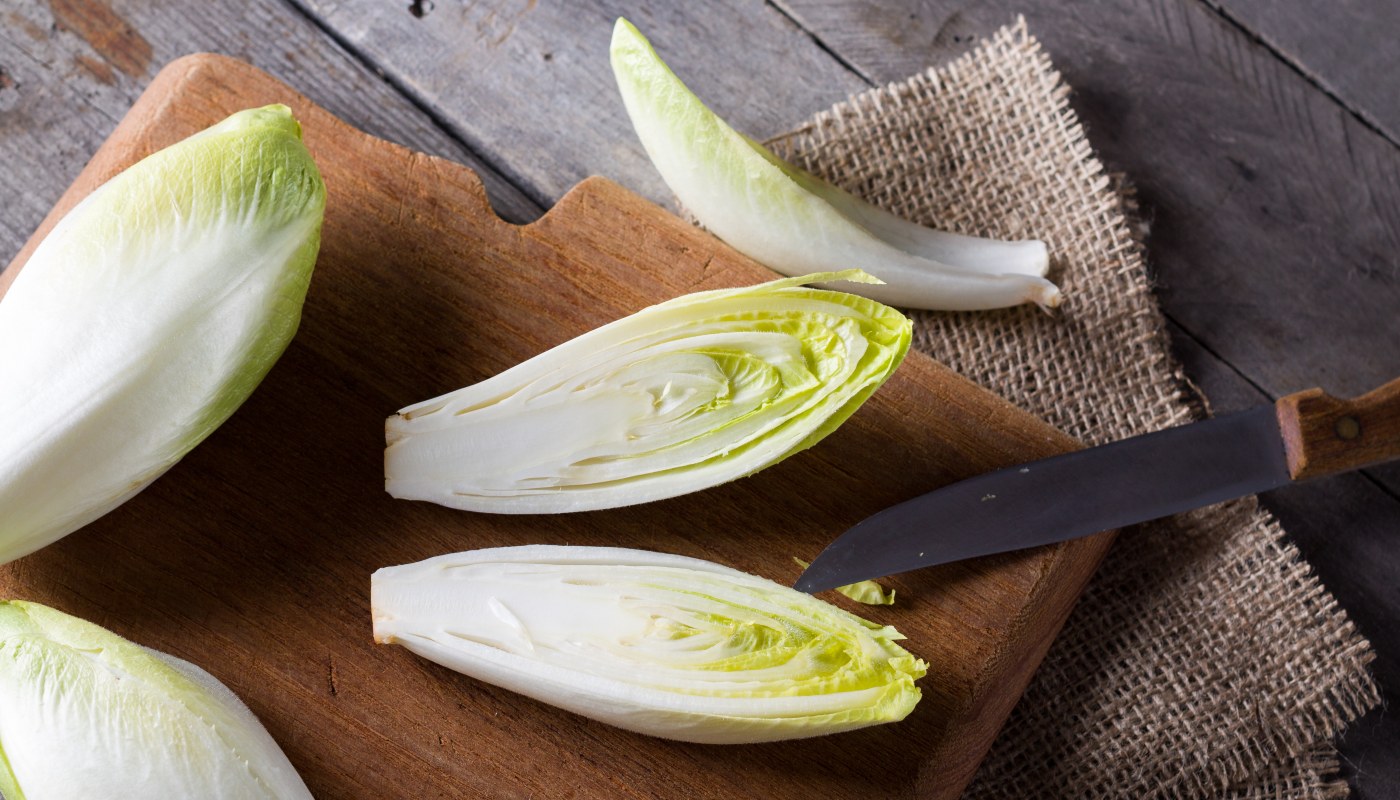Chicory: properties and benefits
Are you aware of the properties and benefits of chicory? In this article, we tell you all of the benefits of incorporating this vegetable into your recipes. Don’t miss out!
fresh food
Share

What is chicory?
It has numerous properties and benefits, in addition to being a highly versatile product in cooking. But let’s start from the beginning and not get ahead of ourselves: What is chicory? This Mediterranean vegetable is from the same family as lettuce, endive, artichoke or cardoon. Chicory leaves are white or yellowish in colour, with light green and crunchy tips and with a slightly bitter flavour. Additionally, it has numerous advantages for the body, making it a fantastic food to ensure you always have to hand in your store cupboard.
In terms of the origin of chicory, there are several theories. Some point towards it being discovered by accident in 1830 by the chief gardener at the botanical gardens in Brussels; others also point towards Belgium as its place of origin, but believe that it was farmers that were responsible for its discovery.

Benefits of chicory
Chicory has some very interesting properties that are worth knowing. For example, it helps the immune system to function properly, it helps with the normal formation of blood cells and to protect cells from oxidative damage. It is also low in energy, fat free and rich in fibre. It is rich in vitamin B9 (folic acid) and vitamin K, which help to maintain a normal psychological function and keep bones in good condition.
Among the benefits of chicory, therefore, its capacity to contribute to a normal metabolism stands out, since it is a source of manganese.
The properties of chicory make this a truly interesting vegetable to include in our weekly menu. Moreover, it can be prepared in many different ways, which makes it a versatile vegetable.
How to prepare chicory?
We’ve already looked at what this vegetable can provide us in terms of nutrients and benefits. But… how do you prepare chicory? There are many different ways of including it in a variety of dishes and recipes, although the most recommendable option is to eat it raw to avoid the loss of fluids and vitamins.
Chicory is an ingredient that we can add to salads, as a substitute for lettuce and other green leaves, or use it as an aperitif. It makes a fantastic snack since, thanks to its cigar-like shape, we can stuff it with a variety of fillings, from cheese to anchovies, and ham, tuna, grapes or nuts. It goes very well with mustard vinaigrette or with balsamic vinegar.
Chicory with Roquefort is a delicious way of eating it. It also goes perfectly with carrots, celery or pepper to dip into your favourite sauce, or as a garnish for all types of meat or even fish dishes. Chicory also tastes delicious fried with salt, pepper and a drizzle of lemon juice. You can see there are lots of options, so you can make the most of this vegetable.






